Watch Out for Overpriced Stocks
The market’s high fliers have hit a huge air pocket, but they still don’t look like bargains.

Over the past two months, the market has mercilessly punished sexy, highly valued stocks. The bloodbath shows yet again that investors ignore the price of a stock at their peril. And despite the plunge in share prices, these former high fliers are still nowhere near bargain levels.
With few exceptions, the companies that took the brunt of the shellacking are involved in either biotechnology or “new technology.” Many of them only recently came public. They’re generally involved in businesses everyone is talking about, everything from 3-D printing to cures for hepatitis C.
See also: 5 Scenarios When Selling Stocks Makes Sense
Most hit all-time highs around the end of February—after big run-ups earlier in the month. Here’s a glimpse at the damage to some of the stocks since March 3: Amazon.com (AMZN), down 17.3%; Dendreon (DNDN), 27.2%; LinkedIn (LNKD), 29.3%; Netflix (NFLX), 26.8%; Plug Power (PLUG), 34.7%; Salesforce.com (CRM), 15.8%; Shutterfly (SFLY), 27.0%; Tesla Motors (TSLA), 17.3%; and Vertex Pharmaceuticals (VRTX), 18.4%. (All returns are through May 6.)
From just $107.88 $24.99 for Kiplinger Personal Finance
Be a smarter, better informed investor.

Sign up for Kiplinger’s Free Newsletters
Profit and prosper with the best of expert advice on investing, taxes, retirement, personal finance and more - straight to your e-mail.
Profit and prosper with the best of expert advice - straight to your e-mail.
The focus of the selling has been on story stocks—that is, companies that lure investors, and their dollars, with good stories. A lot of that money, probably most, comes from hedge funds and other fast-trading professionals who buy stocks that are rising in the hope that their momentum will continue to push share prices skyward. Once momentum stocks reverse course, these traders make haste for the exits.
Individual investors also buy these stocks, and I fear many of them have little idea of how overpriced they are.
So let’s quickly review the basics. There are dozens of different ways to value a stock. The simplest is the price-earnings ratio. Say a stock is trading at $15 a share, and analysts, on average, think it will earn $1 in the coming 12 months. The stock has a P/E of 15—which just happens to be the long-term average for the stock market.
Now consider these high fliers’ P/Es based on estimated earnings for the next 12 months: Amazon, 192; LinkedIn, 80; Netflix, 69; Salesforce.com, 104; Shutterfly, 80; Tesla Motors, 117; and Vertex Pharmaceuticals, 59. P/Es aren’t available for Dendreon and Plug Power because those companies are expected to lose money over the next 12 months.
Putting this in simpler terms, paying a P/E of 50 is like spending $5,000 to buy a lemonade stand that you think will generate $100 in profits over the next 12 months. At that rate, it takes 50 years to make back your cost, assuming profits never increase.
Of course, you have to make allowances for anticipated growth. You’d expect to pay more for a company that seems likely to increase its earnings by 20% a year than for one that’s only a 10% grower. That’s common sense.
Where common sense turns to nonsense is when investors—professional or amateur—predict that a company’s earnings will grow at a torrid pace—say, 30% or more annually—for five years or more. A handful of companies do end up growing that rapidly, but only a handful. Why? Mostly because of competition. If a growth opportunity is that huge, you can bet other companies will rush to cash in, too.
That’s why I wouldn’t touch these stocks today, even at their reduced prices. I’m not saying they won’t bounce back. No one can predict short-term market moves. And a few of these companies undoubtedly will become long-term success stories. But the odds are against you when you buy such expensive fare.
What’s troubling is that we’ve all seen this movie before. Technology stocks went through the roof in the late 1990s, then crashed in the 2000–02 bear market. Did investors—I use the word loosely—learn anything?
Jeremy Siegel, a longtime stock market bull, wrote a bearish piece for The Wall Street Journal in early 2000 just as tech stocks were peaking. In the article, he cautioned: “History has shown that whenever companies, no matter how great, get priced above 50 to 60 times earnings, buyer beware.” Siegel is a finance professor at the University of Pennsylvania’s Wharton School and a columnist for Kiplinger’s. I liked his quote so much that I used it in an article published last fall warning of overpriced technology stocks.
At the same time, I wouldn’t worry about the recent selloff in overpriced stocks spreading to the wider market. The excesses are as bad as they were in the late 1990s, but they’re occurring in much narrower corners of the market. What’s more, most reasonably priced stocks held up well during the recent tech meltdown.
Want to own tech? Consider Technology Select Sector SPDR ETF (XLK). The average P/E of the stocks in this exchange-traded fund is 16.6. The fund holds solid old-tech names such as Apple (AAPL), Microsoft (MSFT) and International Business Machines (IBM). These companies aren’t sexy, but neither do they trade at insane prices.
Steve Goldberg is an investment adviser in the Washington, D.C., area.
Profit and prosper with the best of Kiplinger's advice on investing, taxes, retirement, personal finance and much more. Delivered daily. Enter your email in the box and click Sign Me Up.
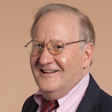
-
 Dow, S&P 500 Slip on December Rate Cut Worries, Nvidia Boosts Nasdaq: Stock Market Today
Dow, S&P 500 Slip on December Rate Cut Worries, Nvidia Boosts Nasdaq: Stock Market TodayNvidia became the first company ever to boast a $5 trillion market cap, but it wasn't enough to lift the Dow and the S&P 500.
-
 Where You Choose to Stash $100k Now Comes with a Big Opportunity Cost
Where You Choose to Stash $100k Now Comes with a Big Opportunity CostThe Fed recently cut rates. Here's where to maximize your savings while rates remain higher.
-
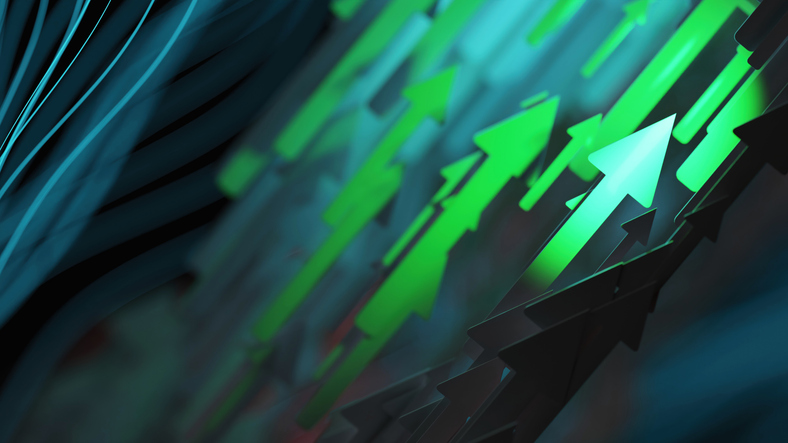 Stocks Hit Fresh Highs Ahead of the Fed As Earnings Pump Optimism: Stock Market Today
Stocks Hit Fresh Highs Ahead of the Fed As Earnings Pump Optimism: Stock Market TodaySHW and UNH were two of the best Dow Jones stocks Tuesday, thanks to solid earnings reports, and MSFT closed with a $4 trillion market cap.
-
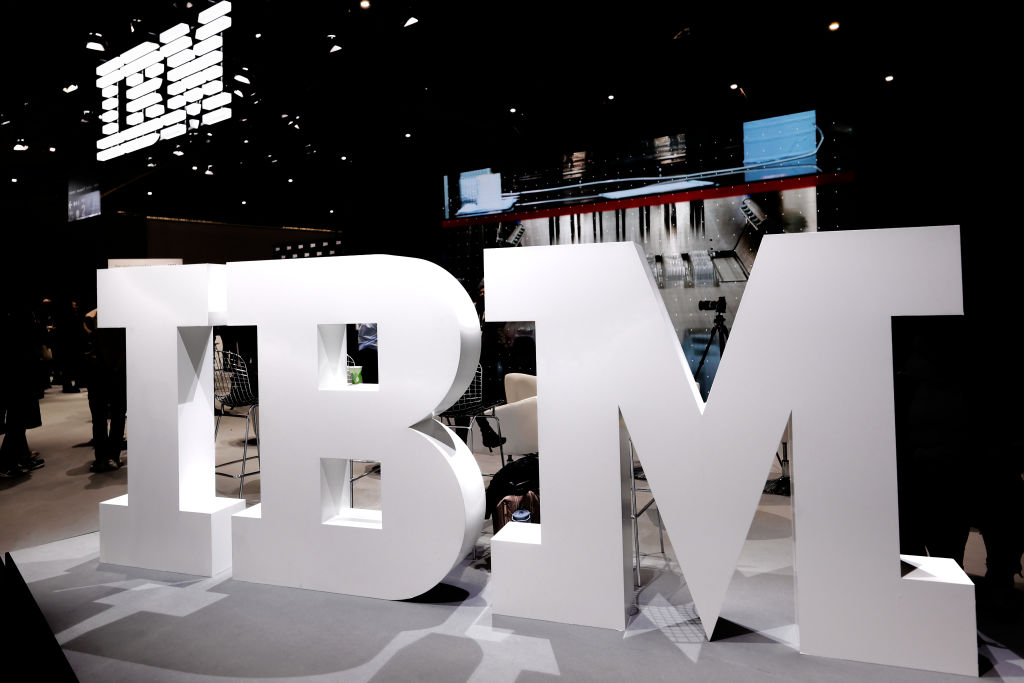 Dow Adds 472 Points After September CPI: Stock Market Today
Dow Adds 472 Points After September CPI: Stock Market TodayIBM and Advanced Micro Devices created tailwinds for the main indexes after scoring a major quantum-computing win.
-
 Dow Beats 334-Point Retreat on Tech Bite: Stock Market Today
Dow Beats 334-Point Retreat on Tech Bite: Stock Market TodayInvestors, traders and speculators wonder whether this remains a Magnificent 7 market and how long this AI-driven bull run will last.
-
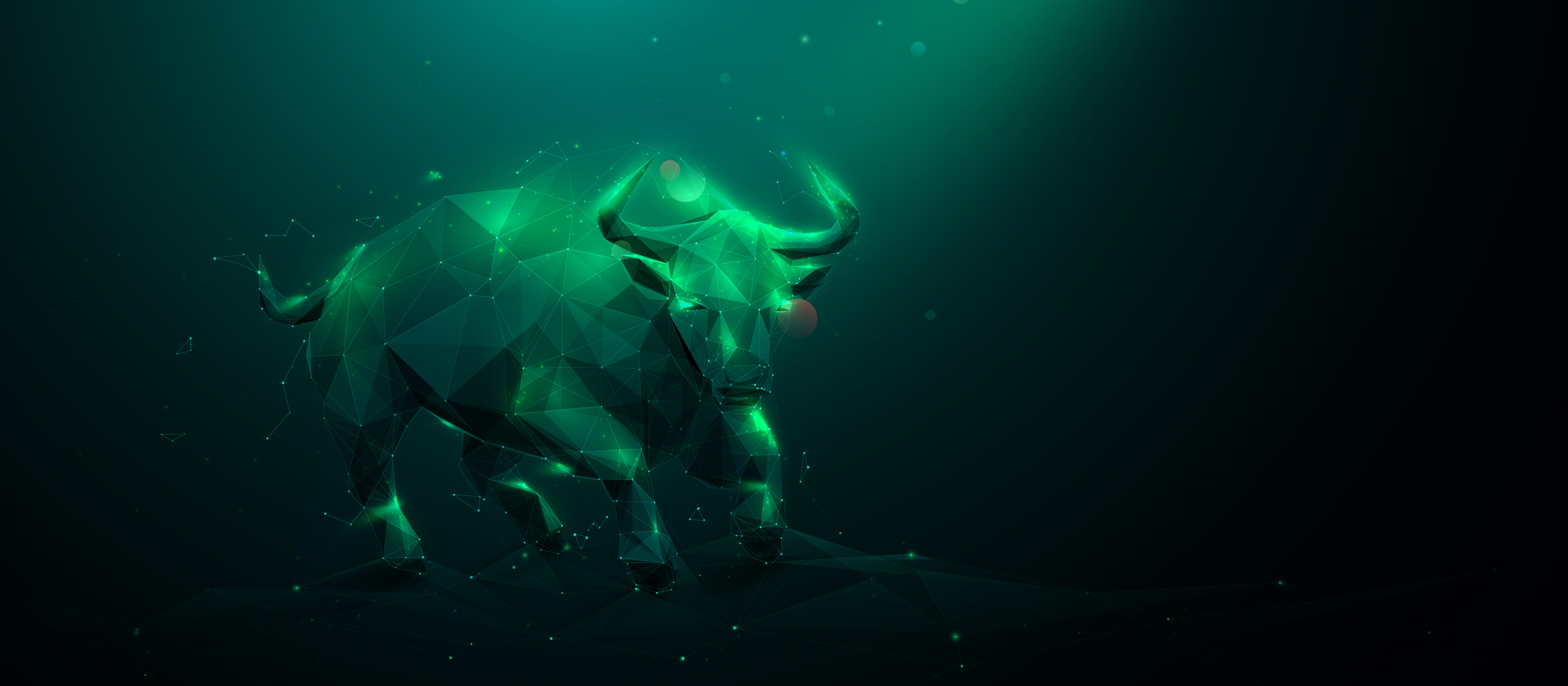 Dow Adds 516 Points on Broad Optimism: Stock Market Today
Dow Adds 516 Points on Broad Optimism: Stock Market TodayEasing trade war tensions and promise from early earnings reports has investors looking on the bright side to start the week.
-
 Rally Fades on Mixed AI Revolution News: Stock Market Today
Rally Fades on Mixed AI Revolution News: Stock Market TodayAll three main U.S. equity indexes opened higher but closed lower as a seven-session winning streak for the S&P 500 came to an end.
-
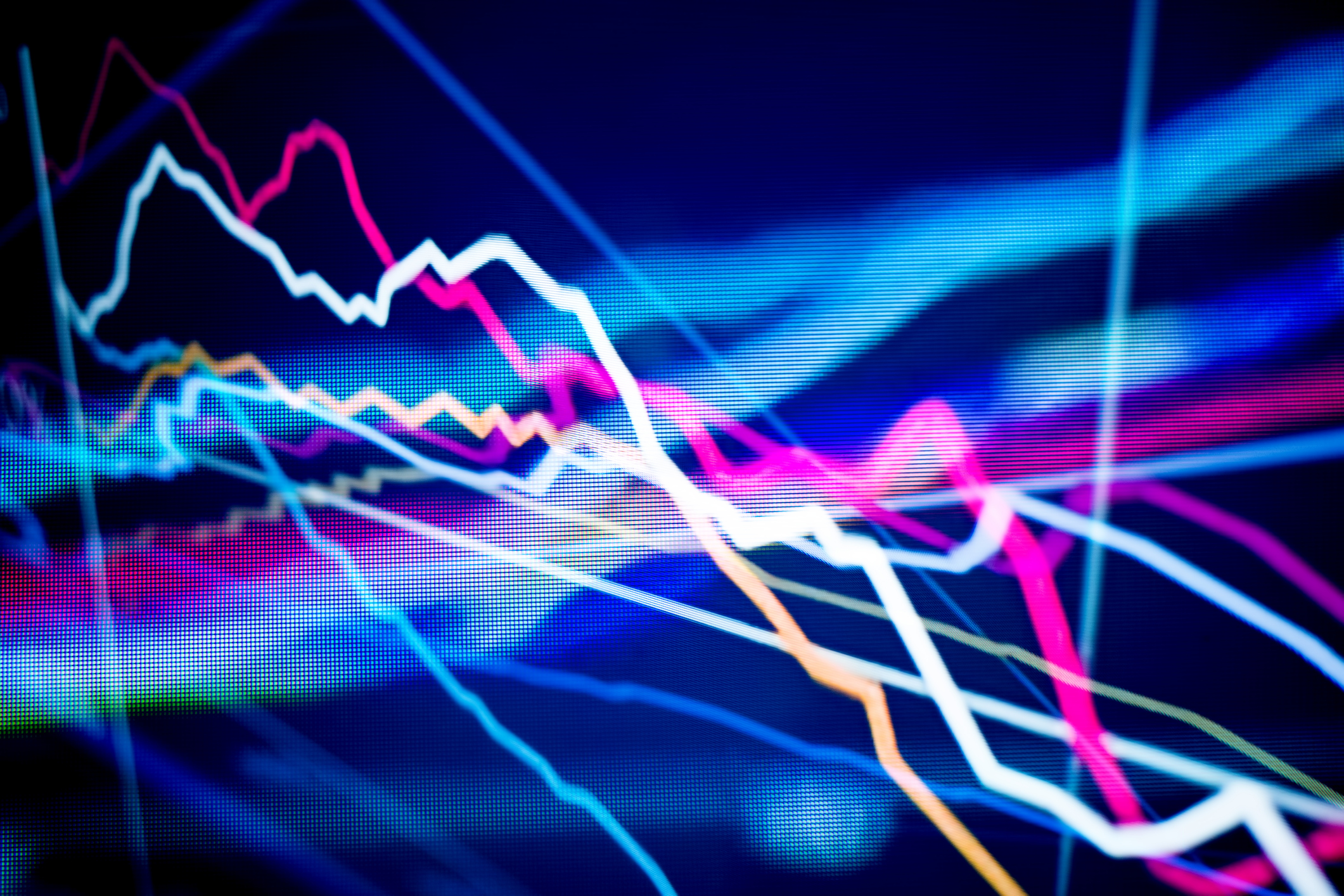 Stocks Fall Again as Big Tech Struggles: Stock Market Today
Stocks Fall Again as Big Tech Struggles: Stock Market TodayThe economic calendar was a bright spot for Wall Street Wednesday, with new home sales climbing to a three-year high.
-
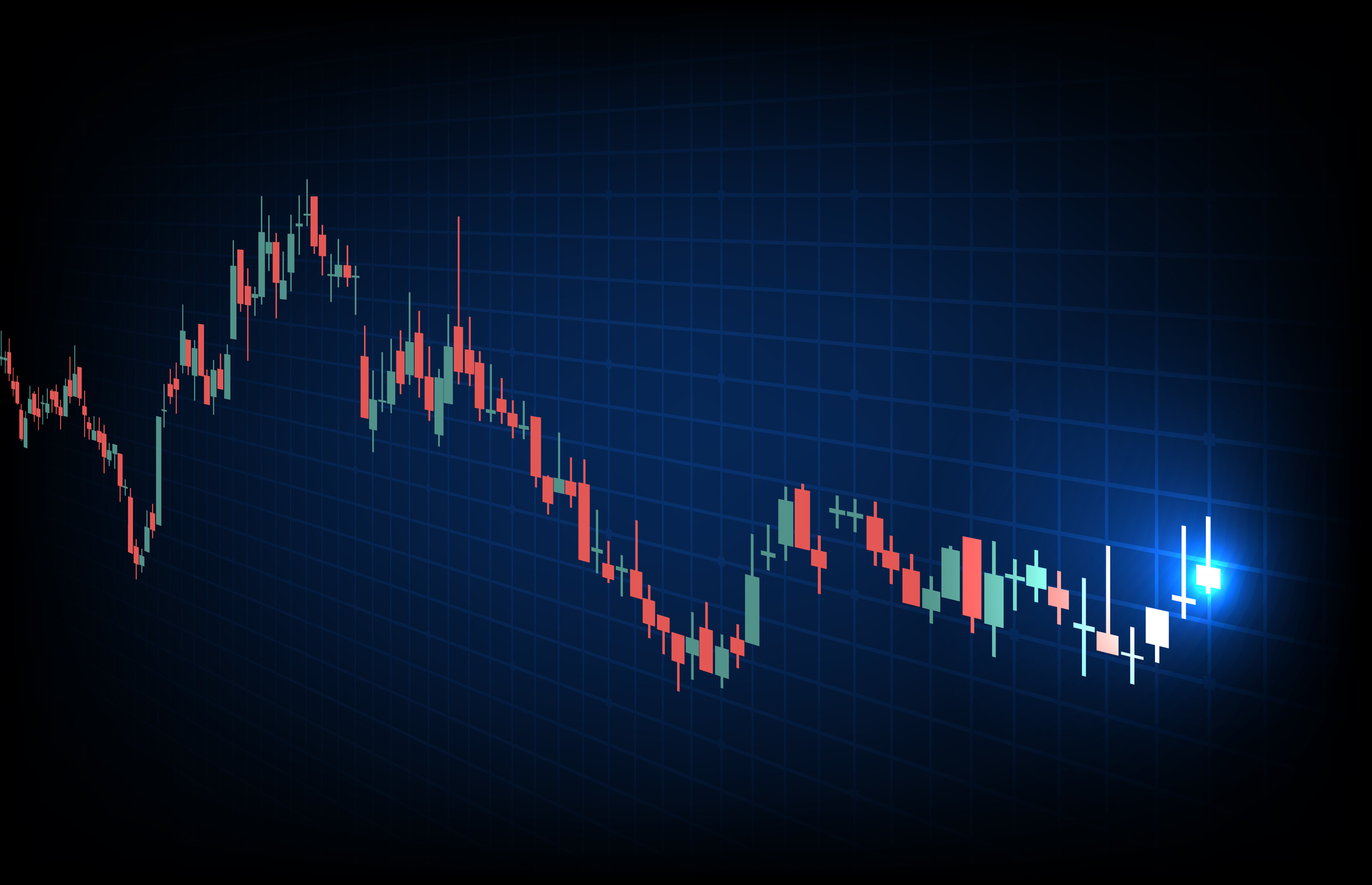 Stocks Drop on Mag 7 Weakness: Stock Market Today
Stocks Drop on Mag 7 Weakness: Stock Market TodayThe main indexes retreated from all-time-high territory as several of Wall Street's biggest stocks declined.
-
 Dow Hits New Intraday High on Fed Day: Stock Market Today
Dow Hits New Intraday High on Fed Day: Stock Market TodayNot even the most important stock in the world could keep the oldest equity index down on a significant day for markets.